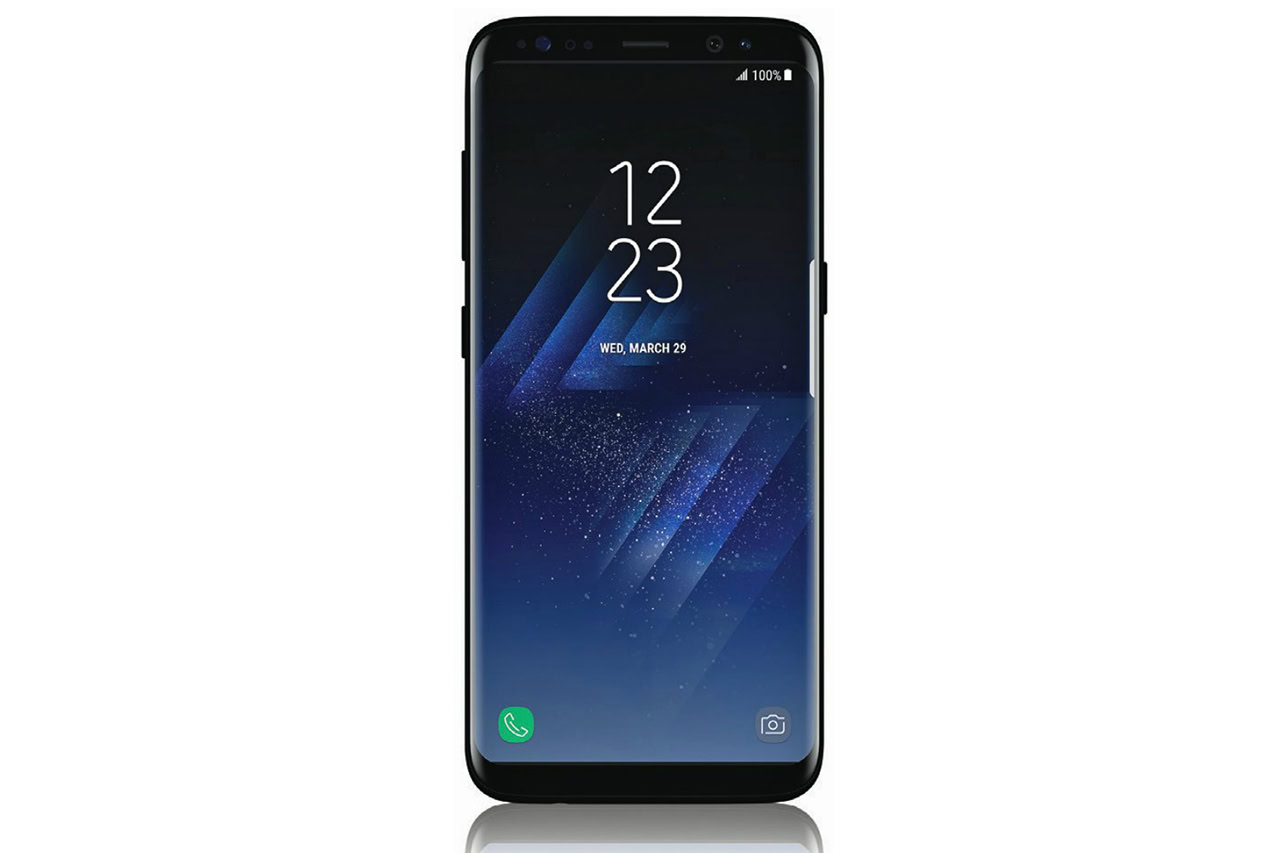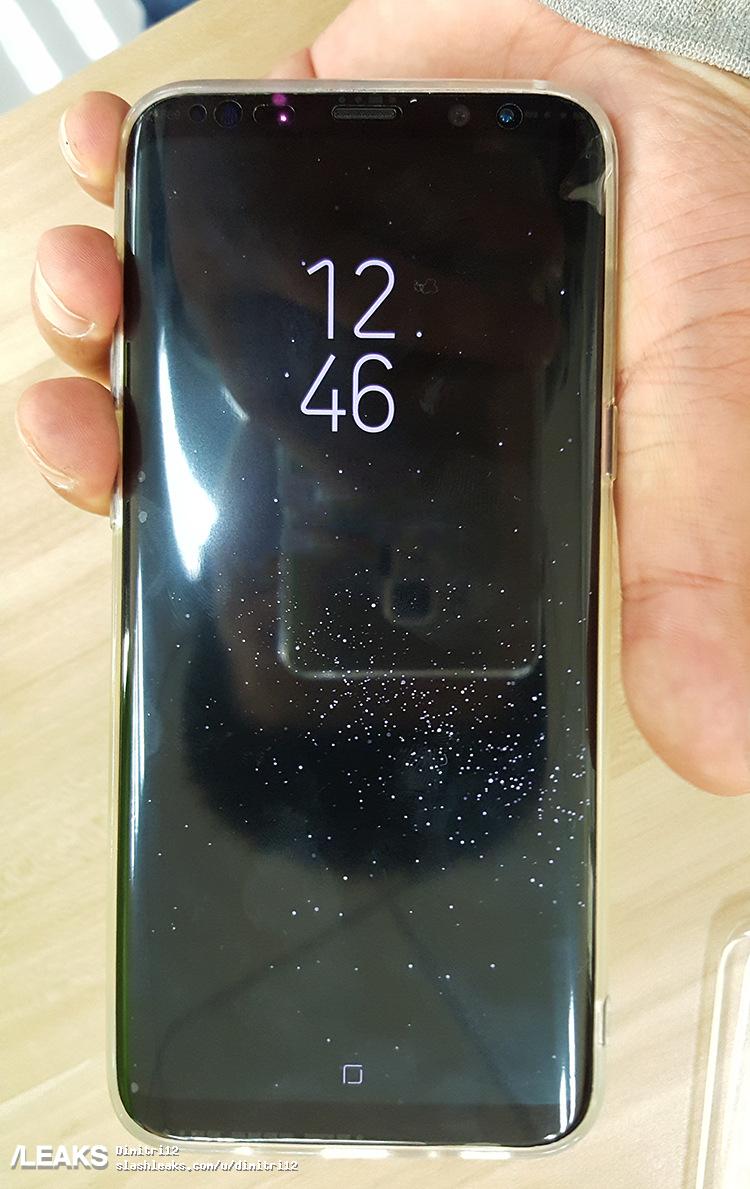Affiliate links on Android Authority may earn us a commission. Learn more.
Galaxy S8 could have force touch, but only for the home key

Big changes are coming to the Galaxy S series. The physical home button, a staple of Samsung design since the Galaxy S, is going away in favor of the on-screen keys that have become the norm in the rest of the Android ecosystem.
But Samsung could put its own spin on the feature by integrating pressure sensing into the display of the Galaxy S8.
Korea’s The Investor reports that Samsung will build pressure sensing – similar to Apple’s well-known 3D Touch (or Force Touch) functionality – into the OLED display of the Galaxy S8, but only for the navigation bar at the bottom.
Going beyond a simple tap, users will be able to press the home key to access additional features. The report doesn’t specify what features the function will enable.
One of the many leaked images of the Galaxy S8 shows the home key being visible when the Always On screen is on. As Android Central’s Alex Dobie noted, users would need to “force-touch” the key in order to wake the phone up, instead of a simple tap. This would eliminate most accidental wake-ups and make it easy to wake up the phone without pressing the home button or the fingerprint sensor on the back.

It’s not the first time pressure sensing is built into an OLED screen. In fact, Samsung Display supplied pressure sensing AMOLED panels for HUAWEI’s Mate S from 2015 and last year’s P9. But now Samsung seems ready to adopt the feature, thanks to its “technological sophistication.”
It’s not clear why Samsung decided to restrict pressure sensing to the home key area of the Galaxy S8 display, but sources say future devices will integrate the feature across the entire screen. It’s possible that the Galaxy Note 8, expected around August-September, could be the first to have it.
In potentially related news, a report from yesterday sheds some light on Samsung’s decision to place the Galaxy S8’s fingerprint sensor on the back of the phone. Apparently, Samsung worked with touch solutions supplier Synaptics to embed a transparent sensor in the screen of the Galaxy S8, but the technology was simply not ready in time for the launch. The rear-mounted sensor was therefore Samsung’s plan B for the Galaxy S8.